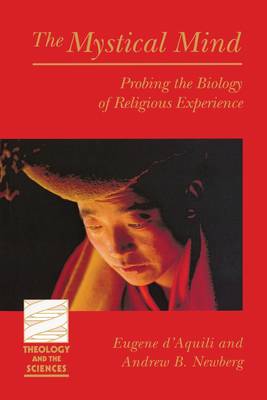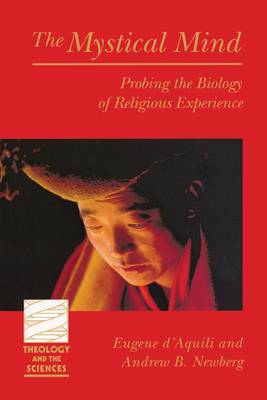
- Afhalen na 1 uur in een winkel met voorraad
- Gratis thuislevering in België vanaf € 30
- Ruim aanbod met 7 miljoen producten
- Afhalen na 1 uur in een winkel met voorraad
- Gratis thuislevering in België vanaf € 30
- Ruim aanbod met 7 miljoen producten
Zoeken
€ 46,95
+ 93 punten
Prijzen
Omschrijving
How does the mind experience the sacred? What biological mechanisms are involved in mystical states and trances? Is there a neurological basis for patterns in comparative religions? Does religion have an evolutionary function? This pathbreaking work by two leading medical researchers explores the neurophysiology of religious experience. Building on an explanation of the basic structure of the brain, the authors focus on parts most relevant to human experience, emotion, and cognition. On this basis, they plot how the brain is involved in mystical experiences. Successive chapters apply this scheme to mythmaking, ritual and liturgy, meditation, near-death experiences, and theology itself. Anchored in such research, the authors also sketch the implications of their work for philosophy, science, theology, and the future of religion.
Specificaties
Betrokkenen
- Auteur(s):
- Uitgeverij:
Inhoud
- Aantal bladzijden:
- 240
- Taal:
- Engels
- Reeks:
Eigenschappen
- Productcode (EAN):
- 9780800631635
- Verschijningsdatum:
- 1/08/1999
- Uitvoering:
- Paperback
- Formaat:
- Trade paperback (VS)
- Afmetingen:
- 152 mm x 228 mm
- Gewicht:
- 376 g

Alleen bij Standaard Boekhandel
+ 93 punten op je klantenkaart van Standaard Boekhandel
Beoordelingen
We publiceren alleen reviews die voldoen aan de voorwaarden voor reviews. Bekijk onze voorwaarden voor reviews.













